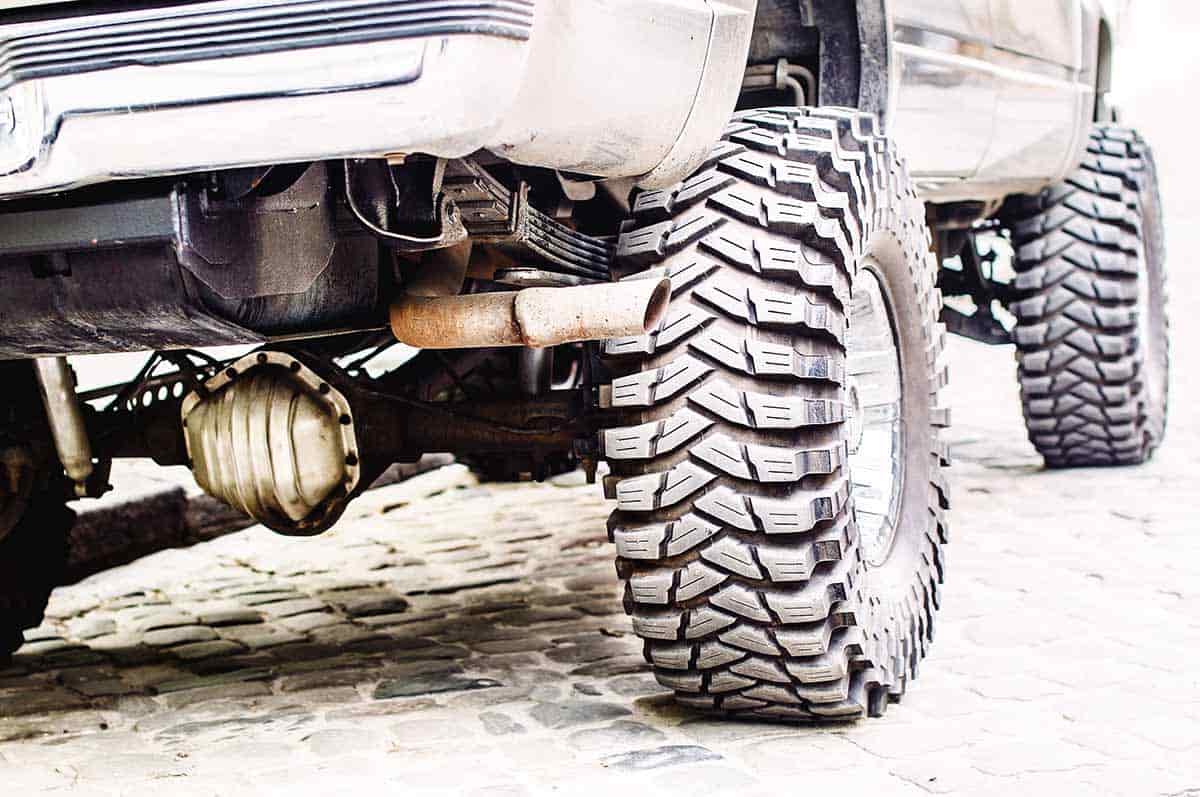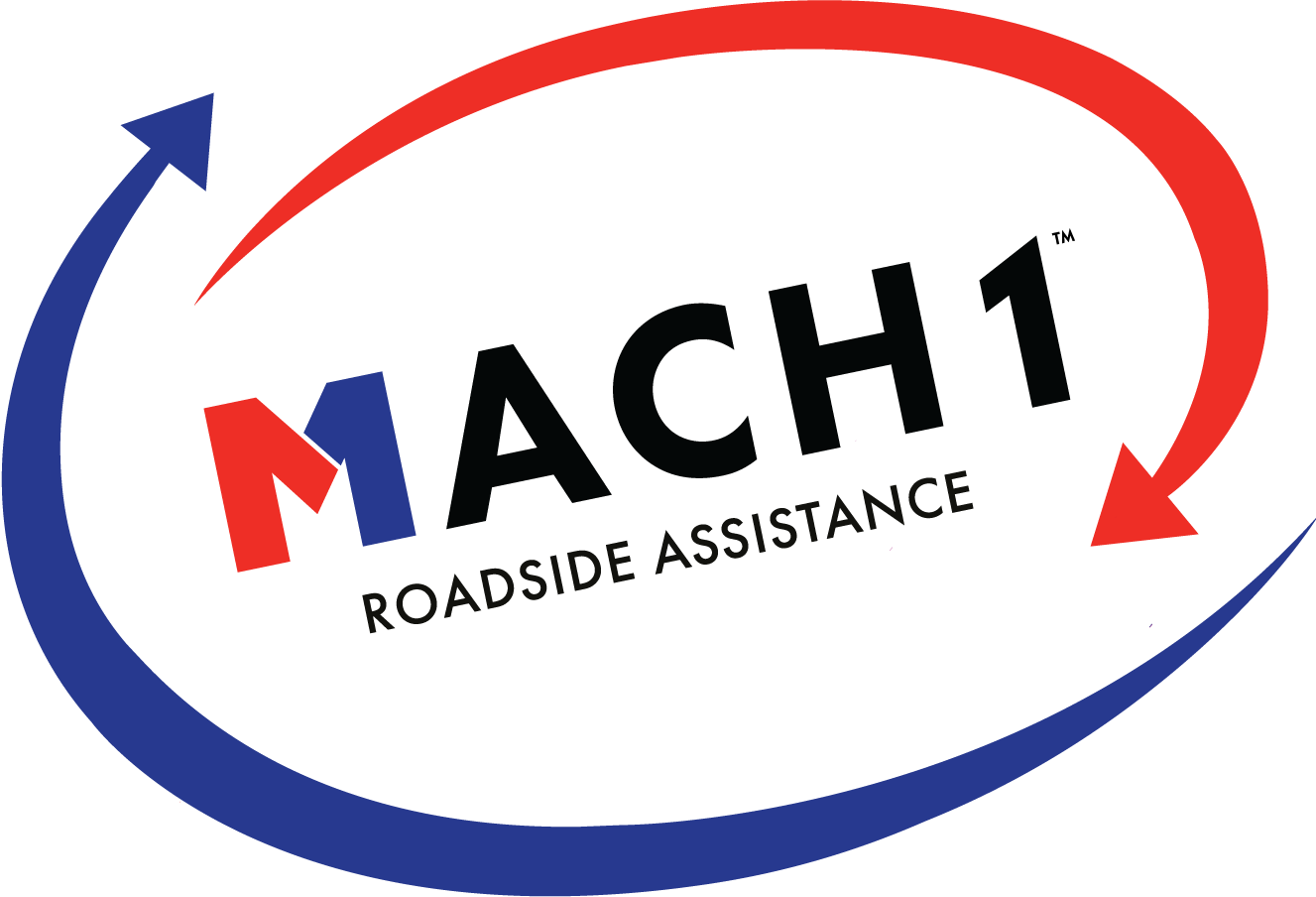
12 Jan If You Live In Or Near The Mountains, A 4 Wheel Drive Is Definitely Worth It.
In the mood for a good road or camping trip? I’m sure the first vehicle that comes to mind is a 4 wheel drive. If you live near the mountains, a 4 wheel drive is definitely worth it. It is the only type of vehicle that can handle dirt roads and off-road driving more than any car you can get out there.
In the past, if you wanted a vehicle driven with four wheels, you’d be limited to SUVs and a handful of other large trucks, most of which are great for off-road driving and chores. But today, most cars in the U.S are either equipped with four-wheel drive or all-wheel drive or have both driving options.
What is a 4-wheel drive?
A 4 wheel drive (4WD) is an automobile system that powers all four wheels of the vehicle. The purpose of 4WD is off-road driving. When you engage a 4WD, it sends power to the transmission, transferring it to the axis and front wheels. When the torque gets transferred to the wheel, the wheel must have traction on the road for the vehicle to move anywhere. If that isn’t the case, the wheels will spin the same way they do when stuck in sand or mud.
Since the engines of SUVs and other large trucks, the system is typically for off-road or impaired road driving because, if you get stuck in mud in the rear wheels, you can always put all your engine power in the front wheels, which will ensure you get out of that sticky situation. A 4WD gives you traction where and when you need it. In some of the most advanced cars or ones recently manufactured, you will find that they can now supply torque and vectoring to independently handle each tire’s traction for optimal safety and performance. Most models depend on the locking and unlocking of various differentials to handle performance ideally.
What’s the difference between 4 wheel drive and all-wheel drive?
Most people use the terms 4 WD and all-wheel-drive (AWD) interchangeably when they shouldn’t. These are two different terms, and the car systems work differently. The system of an AWD can send a variable amount of torque to each of the axles. The catch is that the driver doesn’t get to control it. But in a 4WD, the system sends a fixed amount of torque to each axle, and the driver can control it by switching them on or off.
While four-wheel drive functions like a locked differential, relying on a transfer case, an all-wheel-drive uses a center differential to disperse the torque between two axles. Most all-wheel cars are created for speed and handling rather than wrong road and off-road situations. AWDs are great for slippery surfaces; that’s why the system limits the drive to one set of wheels, either rear or front. When driving an all-wheel-drive, the system engages the other set of wheels once it notices a slippage, lack of traction, or when you need to change these for performance purposes. Brands that mainly market AWDs are Subaru and Audi.
A 4WD, on the other hand, is used for actual off-roading. Some 4WDs have low and high range gearing. Low range gearing means that the vehicle can propel itself over steep terrain at a lower speed. Even though most all-wheel drives don’t have both types of gearing, they are still made for off-roading. Some 4WD systems even require the driver to stop the car to engage the four-wheel-drive system, while others will engage at any given time.
When should I use four-wheel drive, and when should I turn it off
Remember that the four-wheel-drive system shouldn’t be used at all times. You should only use when;
- Off-roading
- On a rugged terrain
- Slipper conditions like mud and snow
- For heavy-duty jobs like hauling a boat trailer up a launch ramp
When you aren’t in the above situations, it is best to switch your car system from a four-wheel drive. Most car systems allow you to switch between low range 4WD and high range 4WD. The default settings on most 4WDs are high range, but you should know when to switch it to low. You can engage high-range 4WD on dirt and paved roads that are slick, snowy, or icy. 4WD low, on the other hand, is for off-road situations like deep sand where you need some serious traction. When on the 4WD low range, the system turns the wheels slowly, giving you more torque on less forgiving terrain.
It would be best not to use 4WD when you’re on smooth, flat, and dry roads as it can damage your car. Also, four-wheel drive leads to lots of fuel to get the gears and drive shaft going. Whenever you’re on roads that don’t need 4WD, please turn it off and save yourself on the fuel.
3 Benefits of having 4 wheel drive in the mountains
When living in the mountains, it is common to experience bad weather conditions, lousy weather conditions, and bad roads. A four-wheel drive is the best car for such an area. I’m pretty sure you’ve seen commercials of certain vehicles climbing over rocks, racing on the sand, and climbing over steep rocks; now that’s what a 4WD looks like in action.
Traction
The primary purpose of a four-wheel drive is to provide you with extra traction. When you are in dangerous driving conditions like snow, ice, rocks, traction is necessary for you and others in your car to make it to your destination without mishaps. A four-wheel-drive allows you to engage both sets of wheels, thus improving your traction and control, and when you reside in the mountains, a four-wheel-drive is the most helpful vehicle you can have.
Travel
Most 4WDs have both settings that allow you to travel on different terrains. When driving on gravel, mud, or icy conditions, you can always rely on the high system settings to get you through such conditions. 4WD high gives extra traction when you need it, especially during the winter months. The four-low setting can help you when you’re in less common situations, like when you’re stuck in deep snow, going through steep inclines, or driving through trenches of water. You have to drive slowly to access this feature which offers you more torque, increasing your traction. With such a vehicle, you can travel wherever you want, whenever you want to, without the fear of getting stuck. Most families especially love traveling to meet other families during the winter seasons, and a 4WD is the best for such a situation.
Allows for additional weight
Having more weight on a 4WD is never a disadvantage. More weight means that the car can have more stability and grip on the road. Unlike most cars, 4WDs are made to perform in extreme conditions, including carrying heavy objects. A four-wheel drive is excellent since you can always turn into the 4WD mode, and you can turn that off when you don’t need it. This vehicle gives you lots of freedom than most would.
Is 4 wheel drive really worth it?
Yes, a four-wheel drive is worth it. A 4WD is a great vehicle, especially if you live in an area that experiences extreme weather conditions. If you live in or near the mountains, a 4 wheel drive is definitely worth it. Living in mountainous areas means that you will be dealing with lots of rocks and ice. With a 4WD, you will never have to worry about getting out of the house if you want to get yourself some groceries and there are layers of snow outside. Nothing can stop you when you have a 4WD.
It is worth it also, due to the roads leading to the mountains. It is easy to get stuck in the mud during rainy weather, and the rocks can also get a little bit slippery. Most cars tend to lose traction in such situations or even remain stuck for quite a while, but if you have a 4WD, it will be challenging to get stuck.
If I get stuck because I don’t have a 4 wheel drive, who can I call?
Most two-wheel or all-wheel drives tend to get stuck easily in mud and even snow. When you get stuck on the road or in your driveway after a snowy night, the right person to call is Mach1 services. Mach1 is a roadside assistance service that helps vehicles in every roadside non-emergency situation.
If your 2WD is stuck, an easy way to get help is by downloading the Mach1 services app. Unlike most roadside assistance services, Mach1 doesn’t require you to pay before using or getting a subscription for it; it is free to download and use, the only payment you’ll make for the services you’ll get from Mach1.
Download the Mach1 app for free on your android or apple phone, then input your personal information and click on the service that the app requires. Once you have done all that, help will immediately be dispatched from the nearest area around you to help you out. While you wait, the app will keep you connected with the mechanics coming your way. You can always communicate with them, give them your precise location and what your car looks like so they can identify you quickly. The app also gives you an approximate of how long it will take for them to reach where you are and help you out.
Mach1 services arrive quickly because they work with vetted mechanics and roadside assistance contractors from different parts of the country, states, and towns. The person the app will dispatch to assist you is the one closest to you. You will also communicate with the mechanics through the app as you wait to give you a clear indication of where they are and how long it will take.
Conclusion
If you live near the mountains, a 4 wheel drive is definitely worth it. A 4WD is one of those vehicles that you won’t ever regret buying because no matter the weather, you will be able to drive around and get the work done. If you love hiking or going on road trips, mishaps happen. Of course, it’s impossible to avoid mishaps when driving a car, and whatever happens, Mach1 services can come to your rescue, but otherwise, having a 4WD will prevent some of these problems. You won’t have to glide over snowy or icy areas, nor will you get stuck in the mud.
